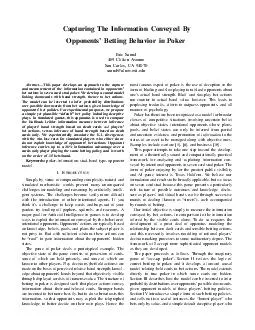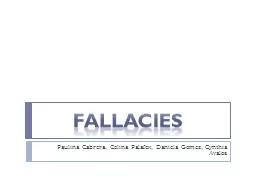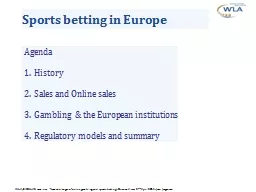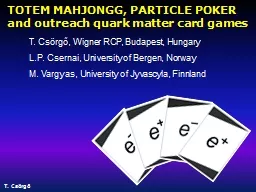PDF-Capturing The Information Conveyed By Opponents Betting Behavior in Poker Eric
Author : test | Published Date : 2014-09-30
mitedu Abstract This paper develops an approach to the capture and measurement of the information contained in opponents bet actions in seven card stud poker We
Presentation Embed Code
Download Presentation
Download Presentation The PPT/PDF document " Capturing The Information Conveyed By O..." is the property of its rightful owner. Permission is granted to download and print the materials on this website for personal, non-commercial use only, and to display it on your personal computer provided you do not modify the materials and that you retain all copyright notices contained in the materials. By downloading content from our website, you accept the terms of this agreement.
Capturing The Information Conveyed By Opponents Betting Behavior in Poker Eric: Transcript
Download Rules Of Document
" Capturing The Information Conveyed By Opponents Betting Behavior in Poker Eric"The content belongs to its owner. You may download and print it for personal use, without modification, and keep all copyright notices. By downloading, you agree to these terms.
Related Documents














